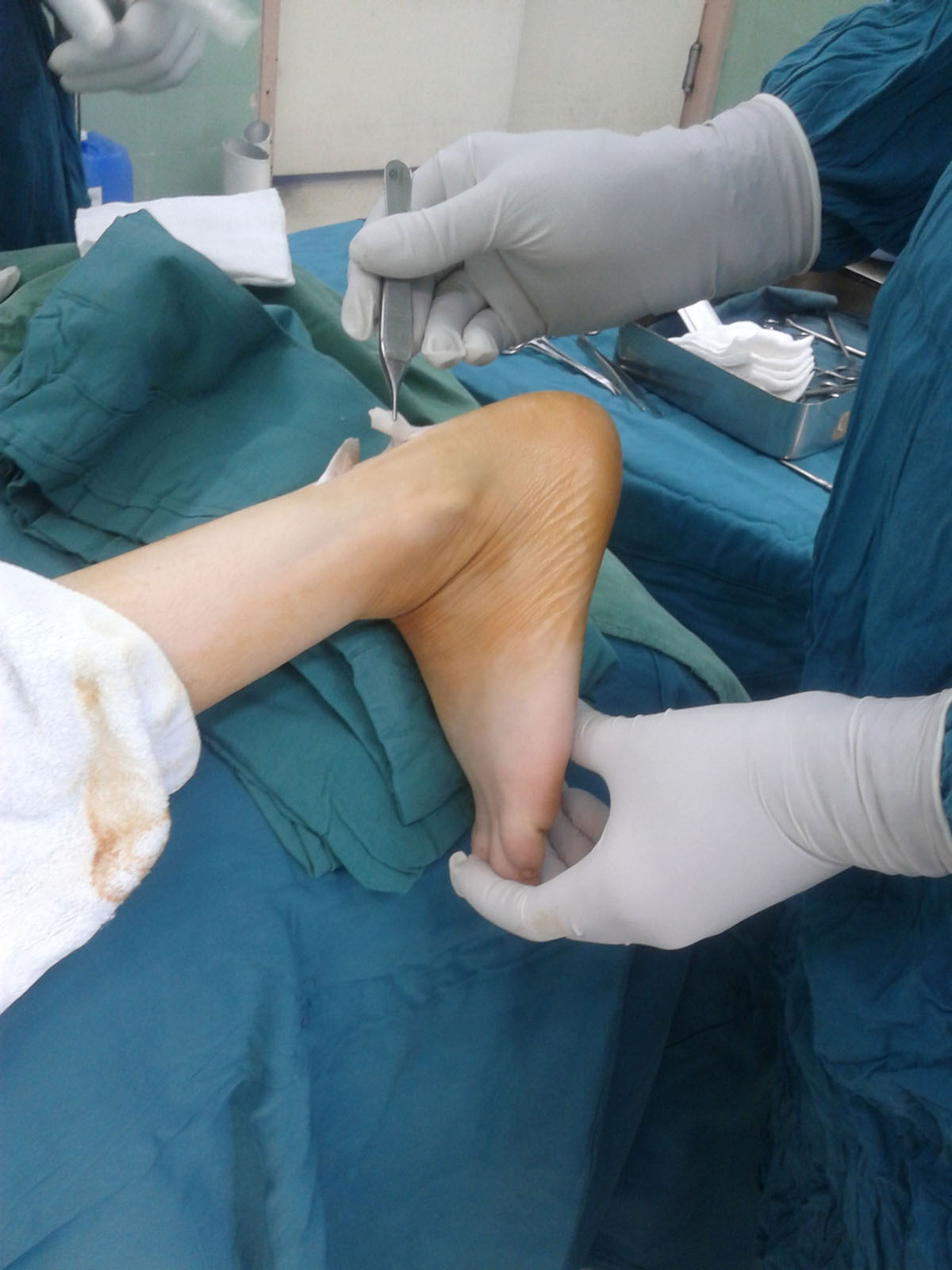
Introduction
It is quite common for heel pain to occur in children. The primary cause in most cases is the Sever’s disease, but it can also be triggered by numerous other conditions. The condition usually affects the children of 10 to 14 years of age and it affects boys more than it does affect the girls. The pain can sometimes also occur at the bottom of the heel. It does not necessarily have to be constant as it may come and go on its own. It may affect just one or both legs at the same time and the process of healing can take up to two weeks.
Causes and Symptoms
Heel pain is usually triggered by excessive physical activities such as jumping and running. The aforementioned Sever’s disease is commonly triggered by temporary distortions of the Achilles tendon which is located at the back of the heel. The condition is the direct outcome of improper matching of the calf muscles, Achilles tendon, and the calf bones during the growing process.
Most commonly the bones grow much faster than the tendon and the muscles as they get taut and start to hurt. Heel pain can also be triggered by excessive running or jumping session which took place on hard surfaces. The intensity of the pain can be increases by bone injuries, ankle injuries, muscle injuries, excessive physical activity and ill fitting shoes.
Other causes may be inflammation of the ligament that is located between the sole and the heel bone or Achilles tendon swelling caused by stressed fracture, hard impact, bursitis or sometimes overweight. The pain occurs in the area that surrounds the Achilles tendon and it usually gets better after resting a while. Later on the area may become swollen and sensitive up to the point where it cannot be touched at all. Sometimes the condition may lead to limping ortiptoeing.
Treatment
If a child experiences heel pain on a regular basis it needs to be checked by a physiotherapist in order to determine a proper diagnosis. Physical examination accompanied by an x-ray are usually enough to determine the nature of the problem. A physiotherapist determines the amount and the type of movements that are allowed during the treatment. Sometimes a child needs to take painkillers. Ice packs can also be of great help in relieving the pain. Shoe inserts are also very efficient in soothing the pain. Stretching exercises and physical therapy can also be very beneficial in managing the pain properly.



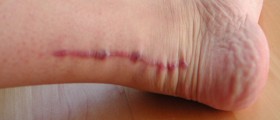

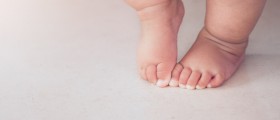
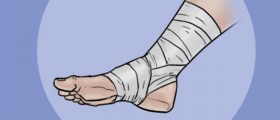


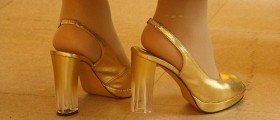
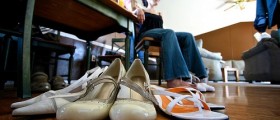
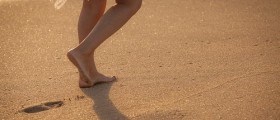
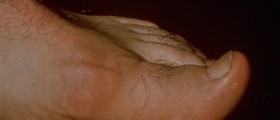
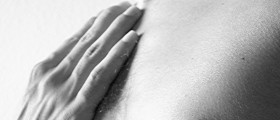


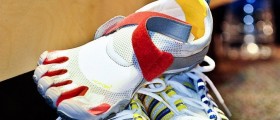
Your thoughts on this
Loading...